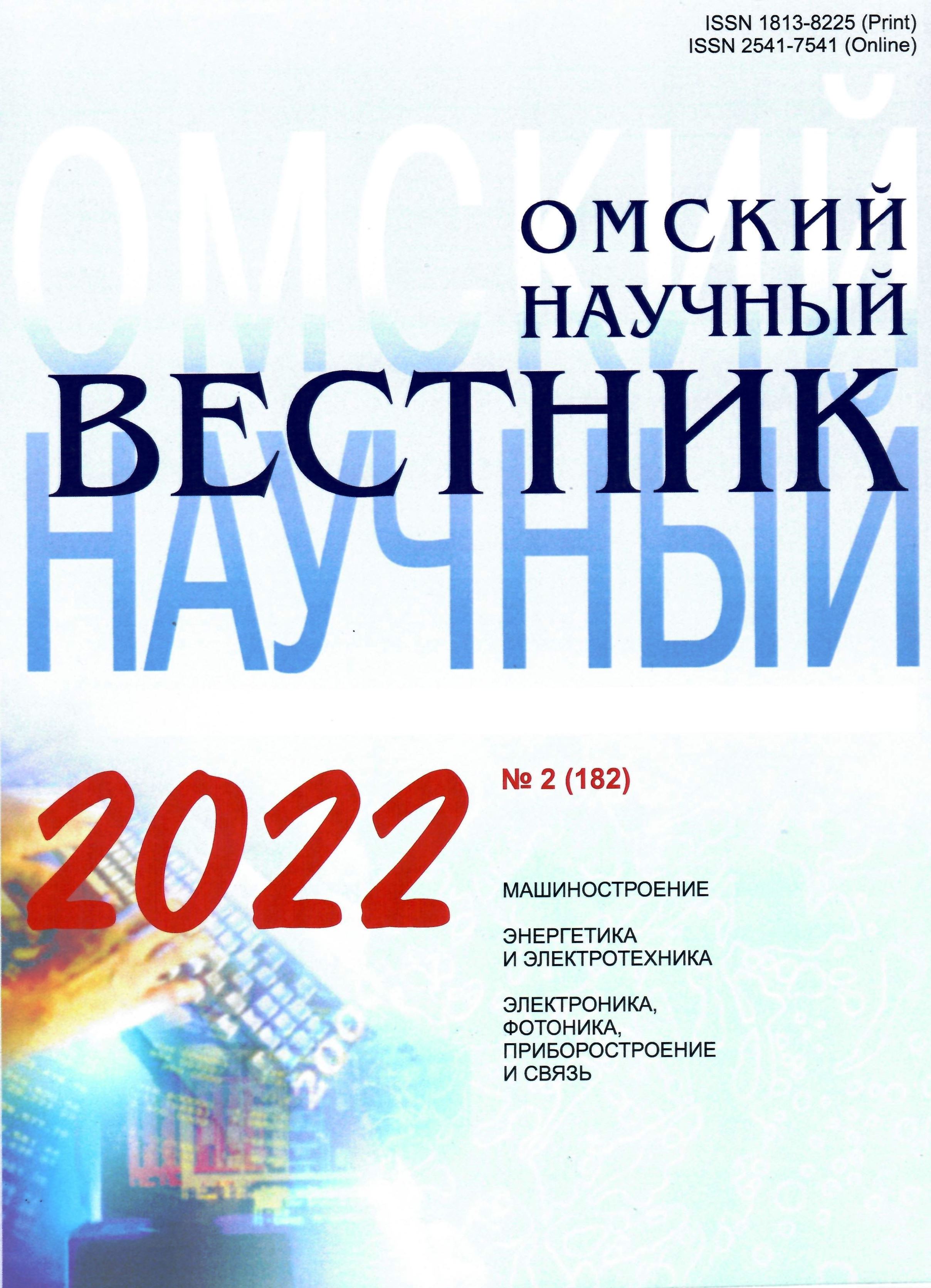Calibration of double electroinduction spherical electric field strength sensor in a homogeneous field
DOI:
https://doi.org/10.25206/1813-8225-2022-182-102-109Keywords:
electric field strength, dual electric field strength sensor, sensor current signal simulator, homogeneous field generatorAbstract
For measuring the strength of electric fields near highvoltage equipment, dual electroinduction spherical
sensors, which are a constructive combination of two double sensors into one, are promising. Before operation of the sensors, they must be calibrated in a homogeneous ED. This process is time consuming, expensive and not safe. In the paper, the authors propose the idea of calibrating sensors with currents equivalent to the output currents of a sensor located in a real uniform field. For this, a current signal simulator has been developed, which is based on mathematical relationships obtained during the theoretical interaction of a sensor with a homogeneous ED. To test the proposed idea, the dual sensor is first tuned and calibrated according to the method described in the article to obtain static characteristics. Then, to confirm the correctness of the calibration, the sensor is placed in a real homogeneous electric field. In a homogeneous EC, static characteristics are taken from the sensor and compared with its static characteristics obtained after the current signal simulator. The results of the comparison showed a good match of the static characteristics. The discrepancy is no more than ±3 %. Since the experiments are carried out for evaluation, such an agreement of the static characteristics can be considered acceptable. A more careful adjustment of the measuring circuits of the dual sensor will reduce the error of the discrepancy between the static characteristics to (0,5–1) %. The obtained results of the research allow us to confirm the adequacy of the theory underlying the calculations of dual electric induction sensors of the electric field strength.
Downloads
Published
How to Cite
Issue
Section
License
Non-exclusive rights to the article are transferred to the journal in full accordance with the Creative Commons License BY-NC-SA 4.0 «Attribution-NonCommercial-ShareAlike 4.0 Worldwide License (CC BY-NC-SA 4.0»)




